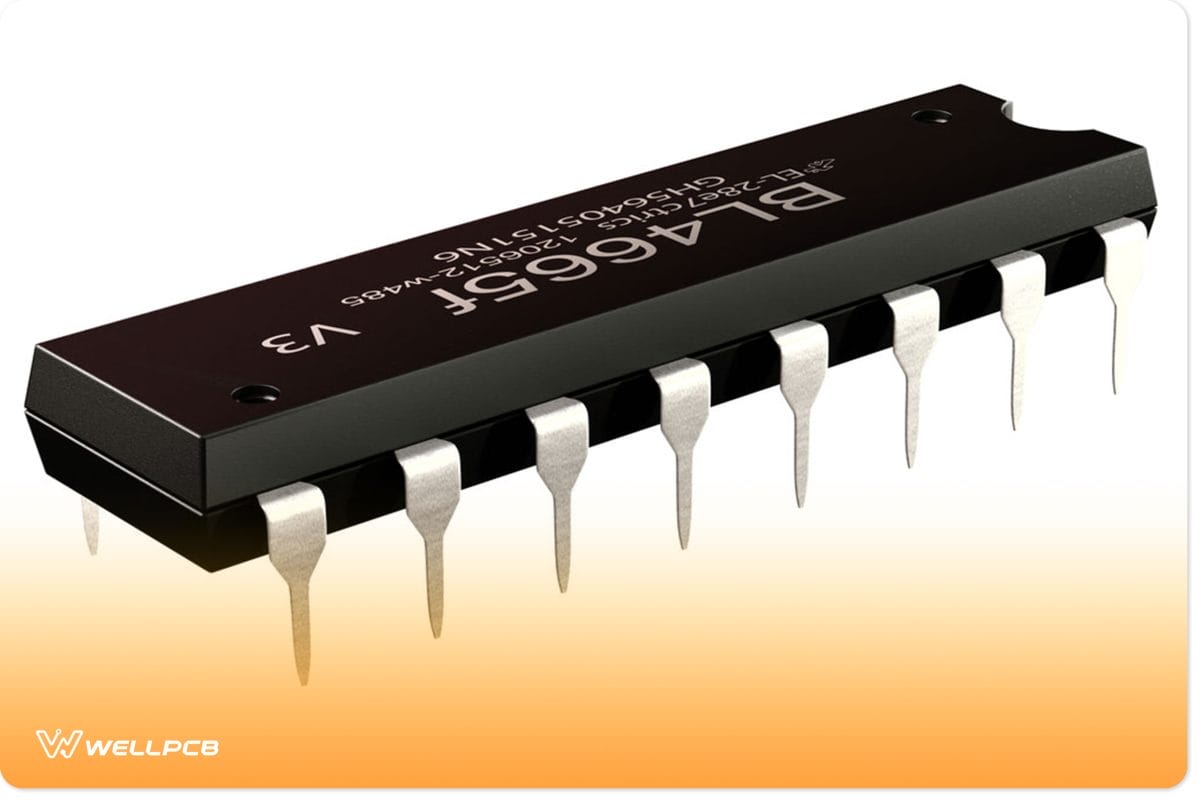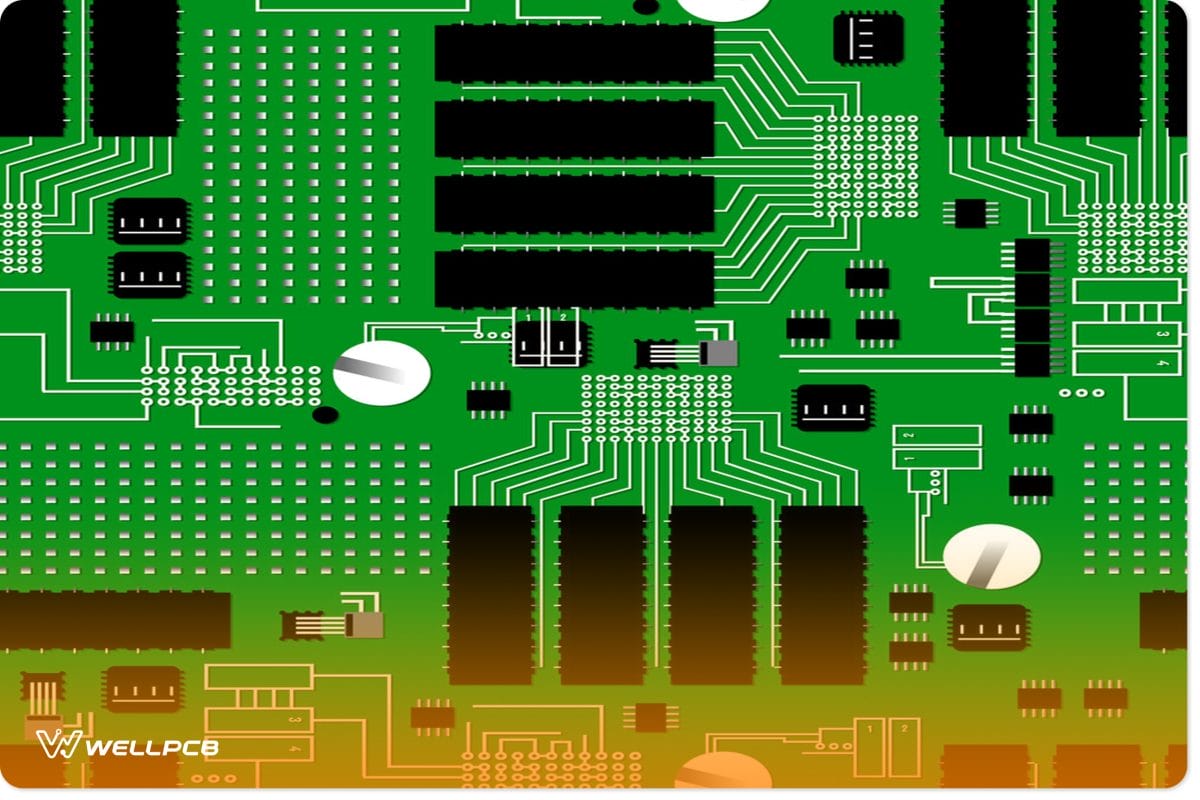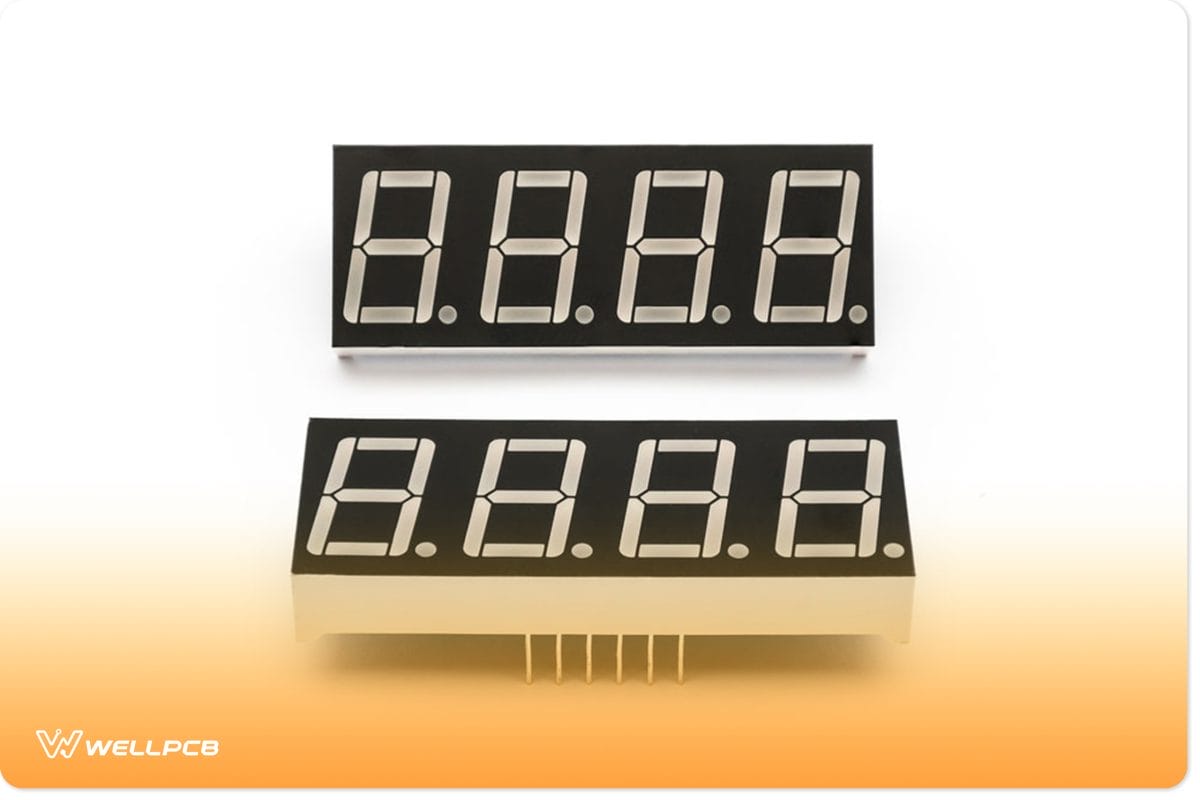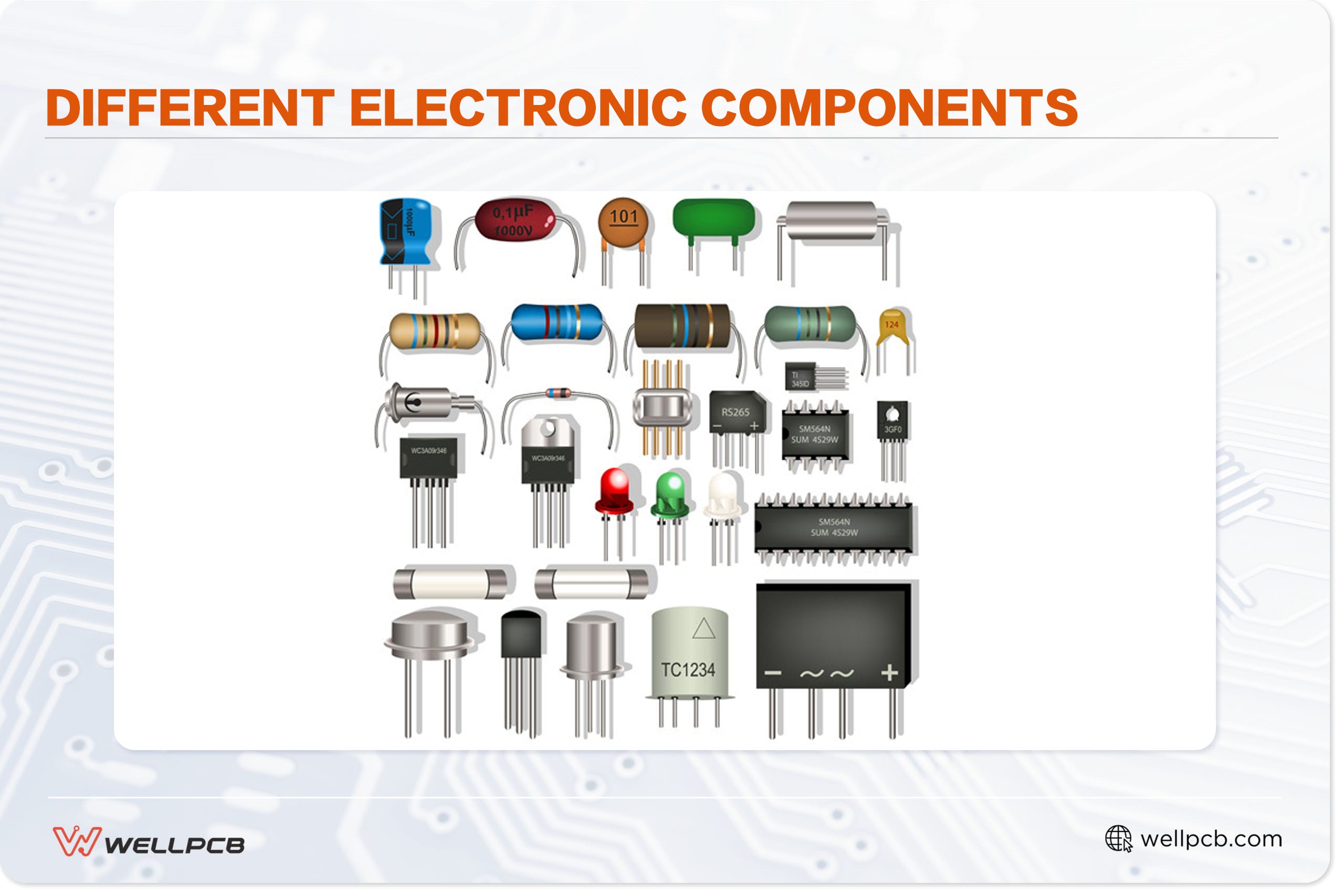Contents
What is a 74LS47?
We can define a 74LS47 as a Binary Integrated Circuit Coded Decimal to a 7-segment driver IC or decoder. Additionally, the 74LS47 normally accepts a BCD as an input and then converts this input into a pattern that can drive the 7-segment that displays digits 0 to 9.
BCD is a coding method that can represent each digit of a number in four bits by its binary sequence.

(LEDs that binary clocks may use to represent binary values)
Source: https://en.wikipedia.org/wiki/File:Binary_clock.svg
So, How Does the 74LS47 Decoder Function?
74LS47 IC mainly accepts the four lines of the Binary Coded Decimal (8421) input data and internally generates their complements. Furthermore, they use seven OR / AND gates to decode, directly driving the indicator LED belonging to these seven segments.
In the end, the resulting outputs correspond to the Common anode (CA). In conclusion, the CA is a configuration of 7-segments.
74LS47 Pinout and Configuration
The TRUTH TABLE below shows the LED 7-SEGMENT Display
| Pin No | Pin Name | Description |
| 1 | B | BCD input of the IC |
| 2 | C | BCD input of the IC |
| 3 | Display test/Lamp test | To test the display LED |
| 4 | Blank Input | To turn off the LEDs of the display |
| 5 | Store | Store or strobe a BCD code |
| 6 | D | BCD input of the IC |
| 7 | A | BCD input of the IC |
| 8 | GND | Ground Pin |
| 9 | e | 7 segment output 1 |
| 10 | d | 7 segment output 2 |
| 11 | c | 7 segment output 3 |
| 12 | b | 7 segment output 4 |
| 13 | a | 7 segment output 5 |
| 14 | g | 7 segment output 6 |
| 15 | f | 7 segment output 7 |
| 16 | VCC | Supply Voltage |
74LS47 Features and Specifications
The 74LS47, which belongs to the LS Technology family, acts as a decoder or a demultiplexer, and the features of this product include the following:
· A single channel with a normal voltage of 5V.
· Minimum required VCC of 4.75V while the maximum VCC equals 5.25V.
· An open-collector type with a configuration proportion of 4:7.
· The maximum IOL stands at 3.2mA while the maximum IOH temporarily stands at -0.05mA.
· Being rated as Catalog, the 74LS47 operates at a temperature rating from 0 degrees Celsius to 70 degrees Celsius.
· Seven bits with a maximum digital input leakage is 5UaA
· and finally, the ESD CDM is 0.75 kV, while its ESD HBM is 2 kV.
- All these features highlighted above provide electrical safety when operating such basic electronics
Available Circuits for 74LS47
74LS47 with overall corrugation. However, you’ll find that the data latches have not been included. Figure 1 illustrates the principles of circuits of the 74LS47. There are three input terminals in each of the ICs. Three input terminals are designated BI / RBO, RBI, and the LT (Lamp Test). Equally important, the LT terminal drives all display outputs whenever the terminal is connected to logic 0 with the RBO open terminal or logic 1.
Figure 1. A functional diagram of a 74LS47 driver ICs or BCD-to-seven-segment decoder.

In addition, the AC circuit of 74LS47 has a source of low output, and the co-anode LED has an external current limiting resistance drives display. Figure 2 below is a functional diagram giving a clear illustration of a circuit pattern.

When you pull down the BI/RBO terminal, you’ll notice that all the outputs are cleared. Additionally, the pin also functions as a ripple-blanking output terminal.
74LS47 FAQs
- What is the main role of IC 7447?
The Coded Decimal Seven uses IC 7447 for display. Therefore, the IC 7447 acts as a decoder for BCD to 7 segments for the input and output lines. Consequently, the decoder functions as a combinational logic circuit connected to binary data from the n-input lines to the 2n output lines.
- What type of display is driven by the 74LS47?
The 74LS47 drives a common-anode LED display with a specific circuit equation due to its active-low output, and hence, the 74LS47 can’t work if there is a circuit defect.

(LED Display)
- What is a BCD to 7-segment decoder?
It is a circuit used to convert the BCD input into a suitable form of display.

( A 4 Digits 7-Segment Decoder)
- How is a 7-segment display?
The standard pins of the display are usually used to identify the type of segmented display. There are two connecting pins in each LED, known as the Anode and the Cathode. Therefore, the LED display has two kinds, known as Common Anode and Common Cathode.
Conclusion
In summary, a 74LS47 accepts and converts the Binary Coded Decimal as an input. Finally, 74LS47 agrees with the four lines of the BCD input data and then generates their complements. In addition, 74LS47 has a source of low output intended to drive a common anode LED display by an external current limiting resistance. If, however, there are any queries you may have, contact us. We will be glad to help.





